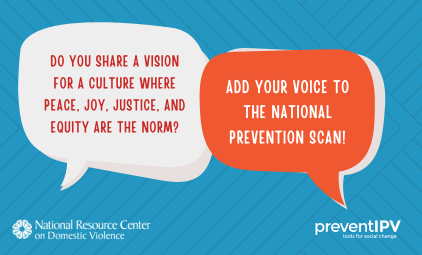Abstract: "Women who have experienced intimate partner violence are consistently found to have poor sexual and reproductive health when compared to non-abused women, but the mechanisms through which such associations occur are inadequately defined (Coker, 2007). Through face-to-face, semi-structured in-depth interviews, we gathered full reproductive histories of 71 women aged 18-49 with a history of IPV recruited from a family planning clinic, an abortion clinic and a domestic violence shelter in the United States. A phenomenon which emerged among fifty-three respondents (74%) was male reproductive control which encompasses pregnancy-promoting behaviors as well as control and abuse during pregnancy in an attempt to influence the pregnancy outcome. Pregnancy promotion involves male partner attempts to impregnate a woman including verbal threats about getting her pregnant, unprotected forced sex, and contraceptive sabotage. Once pregnant, male partners resort to behaviors that threaten a woman if she does not do what he desires with the pregnancy. Reproductive control was present in violent as well as non-violent relationships. By assessing for male reproductive control among women seeking reproductive health services, including antenatal care, health care providers may be able to provide education, care, and counseling to help women protect their reproductive health and physical safety."
General Material
Publisher(s)
Associated Links













